As the winter lifts over Europe and the professional peloton begin their racing season, they will be testing equipment and feeling faster as they transition from their training bikes to their lighter, quicker race bikes.
During their six-week break over the winter, their training would have intensified to prepare for the return to racing. Each year of my professional racing career, the off-season refreshed my mind and allowed my body to recover from the demands of racing. In October I was happy to be done and by January as I was eager to get back into the belly of the speeding peloton. By the end of the winter training period, my body was ready to race, while my training bike was worn: the tires were squared off with use, the chain was stretched, and the tape was tattered.
The training bike was a tool for me to get fit, not to go fast. The contrast to my race bike was significant; after only a few pedal strokes, it flowed beneath me with ease. The frame was the same, as were most of the parts, but the wheels and the tires were lighter and more aerodynamic. Under race wheels with tubular tires, the bike was more agile, it accelerated quickly, and was noticeably faster with the same power output. Putting on a nice set of wheels is the most significant improvement that can be made to a properly working and well-fitting bicycle.
Our understanding of wheel and tire technology has changed remarkably over the last decade. No longer do we pump our tires as hard as we can, or think the thinnest tire is the quickest. Wider tires, with the properly calibrated pressure are not only faster but also more comfortable, which makes a long ride more enjoyable. I recommend that you use the SILCA Tire Pressure Calculator to find out what the fastest pressure is for your set up. Optimizing your pressure can save up to 8 watts. Pressure accuracy is critical to performance as going just 5psi over the optimal pressure can result in 3 watts of loss. Most pumps have a PSI accuracy of about 5%. If you want to optimize tire pressure, it is worth investing in a digital tire pressure gauge like the Schwalbe Airmax Pro or the SKS Airchecker, which have an accuracy of ~1%.
Tires are one of the best upgrades you can make on your bike, as rolling resistance is a significant factor affecting the speed. By switching from an endurance tire, with thicker, tougher casing, to a more supple tire, such as the Rene Herse Extralight slick tires, Gatorskin 5000 or Vittoria Corsa Speed, you can save up to 26 watts. Please note, that there is somewhat of a trade off between durability and speed when you compare the performance of an Endurance casing tire to one with supple casing, as some of the more supple, lower rolling resistance tires are less durable and more prone to cuts. If you have several wheel / tire options in your garage, I recommend choosing the more robust, endurance tires on long training days and saving your extralight, supple casing tires for special events and race days.
Aside from professionals, most people now ride and race on clinchers or tubeless tires. If your setup includes inner tubes, it is definitely worth swapping your standard Butyl inner tubes for Latex Inner Tubes for race / event days, as it can save another 10 watts. Latex Inner Tubes are potentially the best bang for your buck upgrade you can make on a bike. They are a little lighter, roll much faster, and are typically only $5-10 dollars more than a standard tube. The one downside is that they require pumping up every few days they slowly leak air.
Professional cyclists have many different wheels and tires for different conditions but, even for the occasional cyclist a nice set of wheels is a worthwhile investment. Narrow deep section rims, which traditionally handled poorly in crosswinds, and made the bike twitchy as soon as a hand was removed from the handlebar, have been re-engineered in recent years to cut through the wind and provide stability. Princeton Carbonworks, with their sinusoidal rim design make the fastest and most stable deep section wheels available. ENVE has a wide range of carbon wheels that are specialized for each discipline and perform well. They also come with a lifetime incident protection warranty, which is an important consideration when investing carbon wheels.
Princeton Carbonworks, with their sinusoidal rim design make the fastest and most stable deep section wheels available.
Carbon wheels are not an affordable option for everyone, so if they are not in your budget, we recommend a lightweight set of handbuilt alloy wheels, which can be customized for to the rider’s specifications. When we build wheels in the Mariposa workshop, we carefully adjust spoke count, pattern and tension. Race wheels are usually built with aero spokes, which save 1 watt in comparison to a rounded spoke or 9 seconds in a 40 kilometer time trial. A good set of handbuilt alloy wheels can also last you a lifetime, as they are easy to tune and the parts are replaceable.
As you prepare your bike for the spring and start getting out on rides, another thing you can focus on to maximize performance is your drivetrain. Clean Your Bike! – There is a reason the Tour de France bikes get a deep clean after every stage. When you ride, dirt, sand, water, grit, etc can all get into your chain and not only slow you down by up to 6w after one wet ride, but it combines to act almost as sandpaper. This will damage your chain, chainrings, and cassette if not removed. When you return from a dirty ride, hose down your bike or better yet, get a bucket of warm soapy water and give it a good scrub. Be careful not to apply high pressure water to your derailleurs, or greased moving parts. Then spray on a bike cleaner and a degreaser and let the bike rest for a few minutes. Then take a soft brush and scrub the drive train and rinse.
Once the chain is clean, it is time to consider your chain lube options. This is an often-overlooked area and all chain lubes are not created equal. Hot waxes, such as the Silca Secret Chain Blend Wax advertise a 6-8 watts over some of the lower end chain lubes available. If you aren’t up for the application process of hot wax, GRAX and Muc-off Dry Lube are high performance lubes for a wide range of conditions. Having a clean chain and the best lubricant choice can save about 12 watts. Also, check chain wear every few months, especially if you’re riding in the dirt and muck. A worn out chain is not only less efficient but it will also wear out the rest of the drivetrain, which can be expensive to replace.
As you tune up your bike up for the 2022 season, please don’t hesitate to reach out to us with any questions on how you can improve you set up. We’ve worked hard over the winter to expand our online offerings of wheels, tires, cleaning supplies and tools and lubes, but if you don’t see what you need online, give us a shout, and we will do our best to meet your needs.
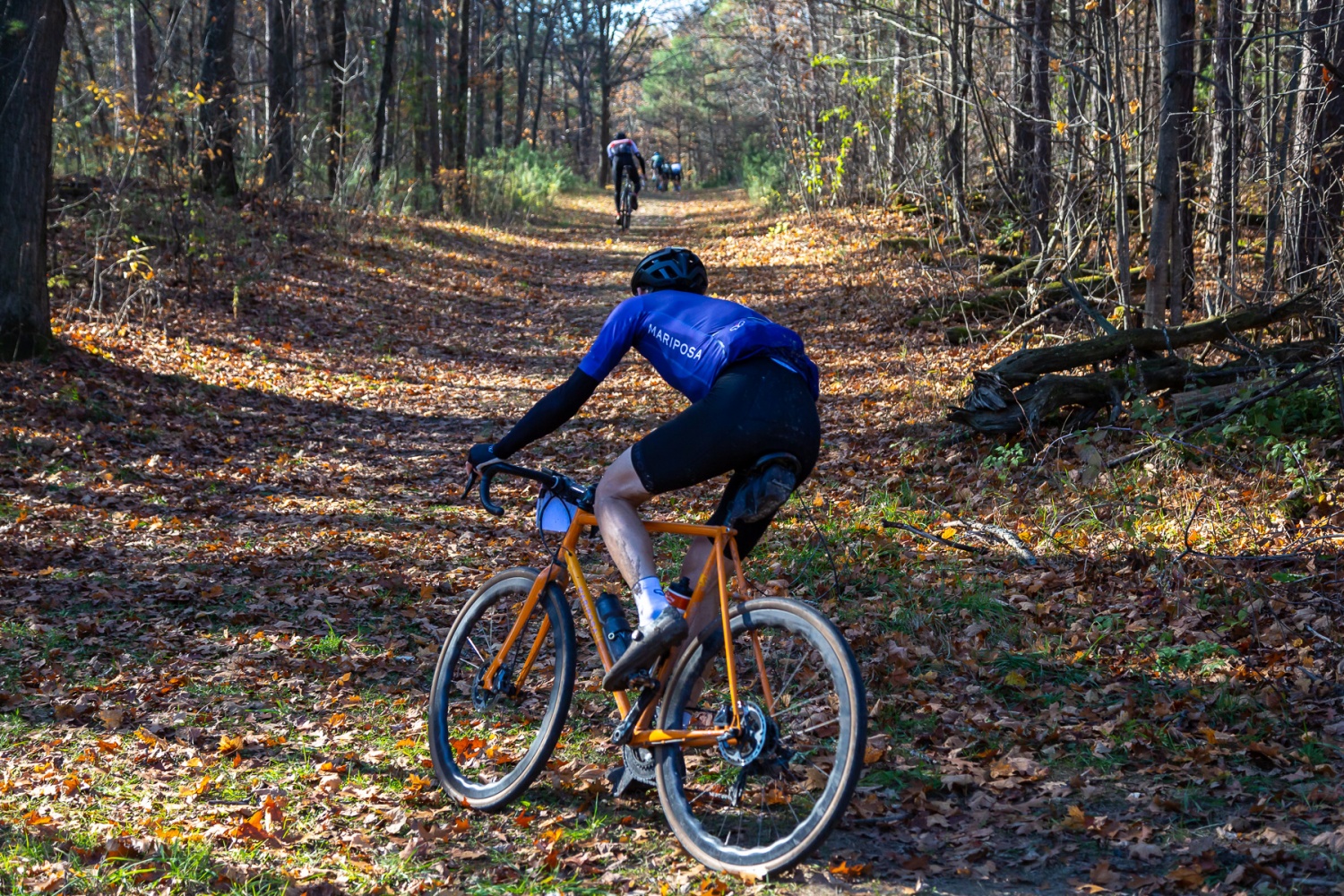

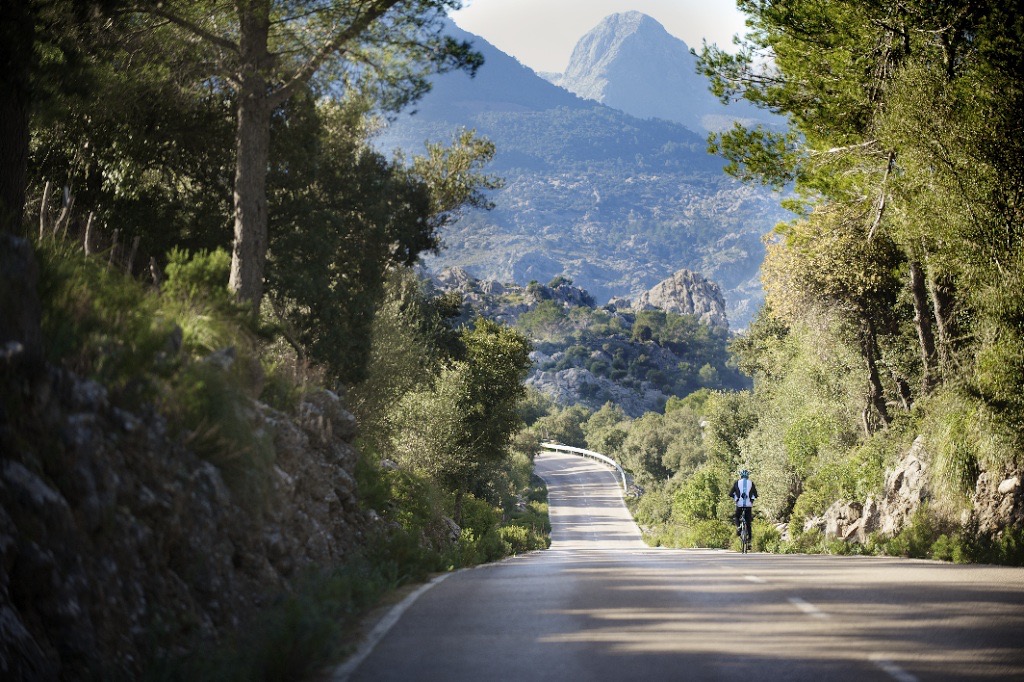
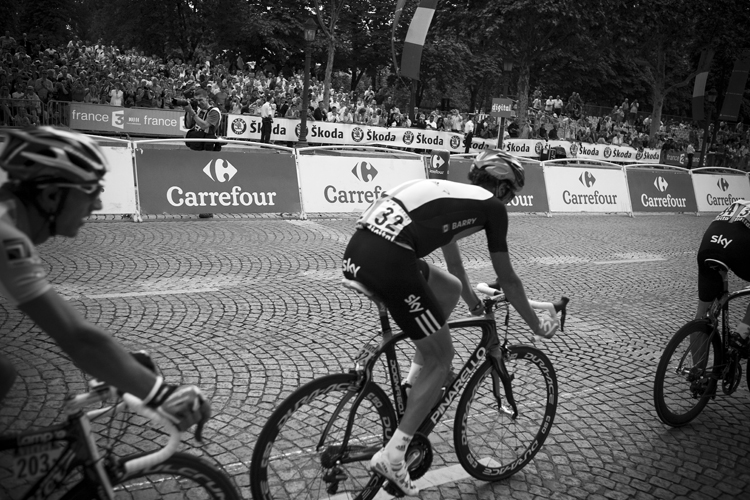

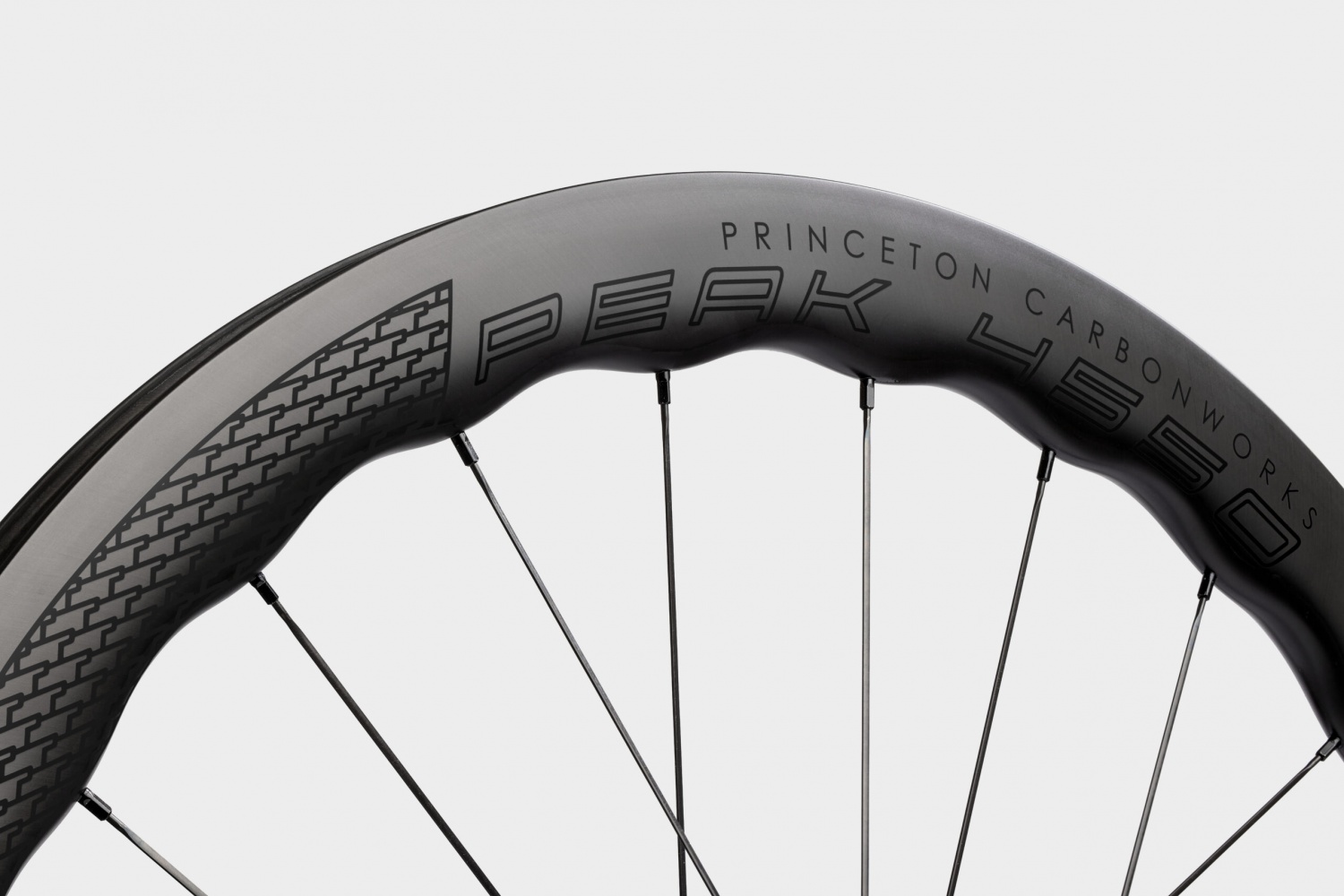
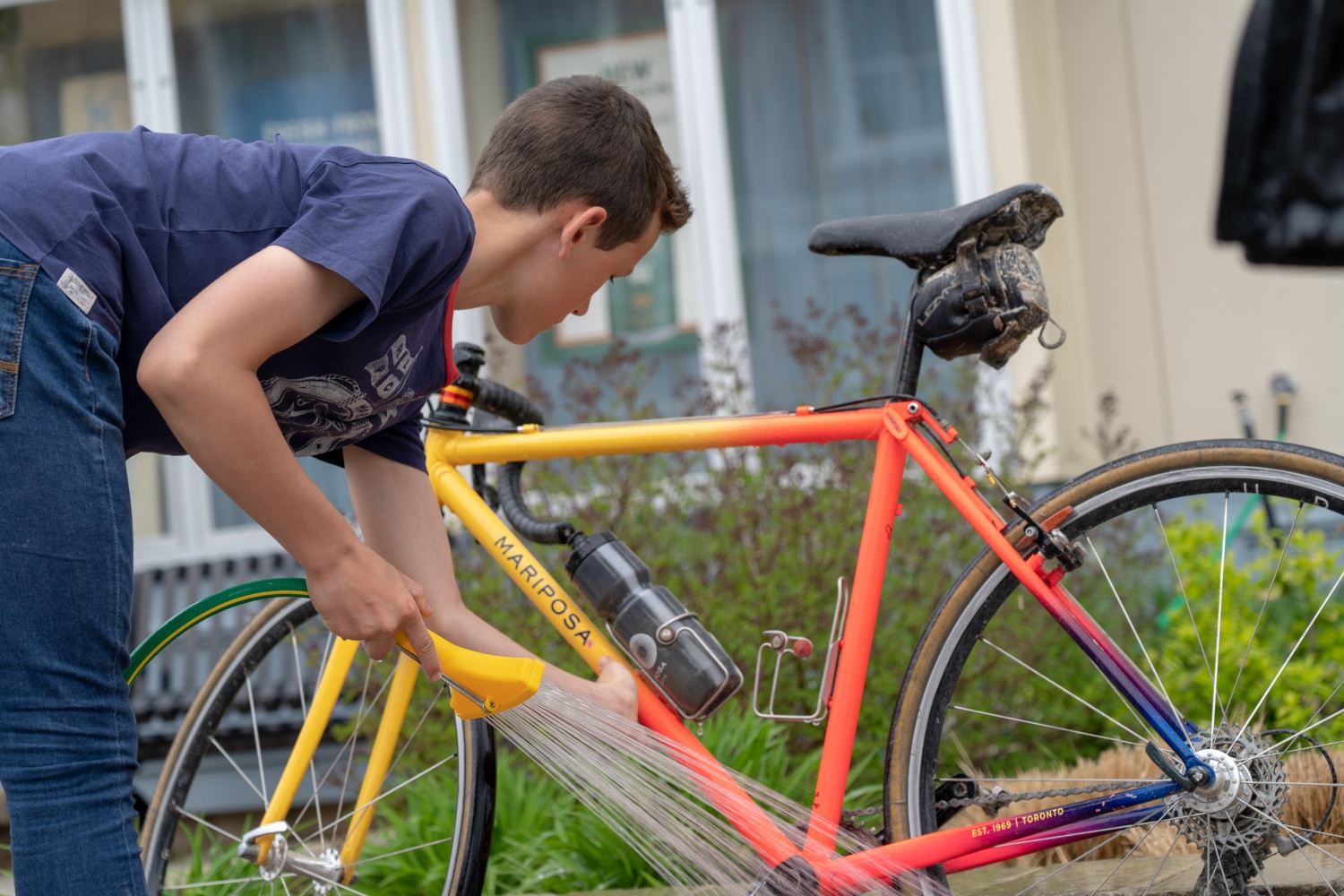
What pressures do you suggest?
It depends on the type of riding you are doing, your body size, etc. We recommend that you try the SILCA Tire Pressure Calculator to find out what the fastest pressure is for your set up. Here’s the link>>
So useful. Thanks for you sharing. I’ve also misunderstood in the past about inflated tires as much as possible or thought the thinnest tires were the fastest. Since being passionate about this subject, I have received a lot more. Thanks for your suggestions on tires. I was looking for that and you helped me. Could I ask you if, for road trips or many steep climbs, I should choose the more robust or extralight, supple casing tires